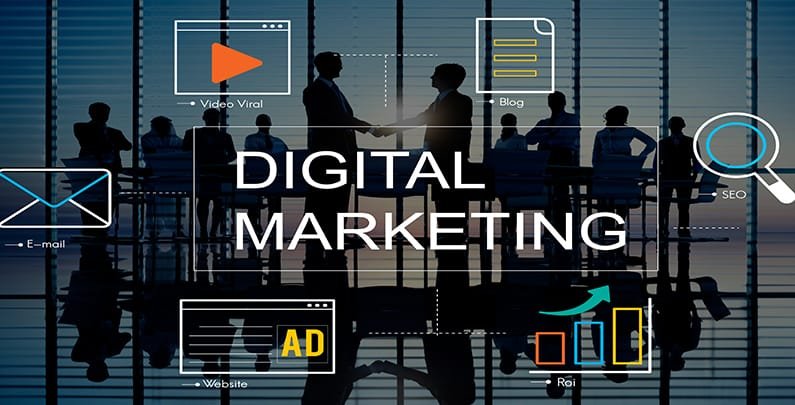WordPress is a popular and versatile content management system (CMS) that offers a wide range of benefits for individuals, businesses, and organizations. Here are some of the key advantages of using WordPress:
- User-Friendly Interface: WordPress is known for its intuitive and user-friendly interface, making it easy for users of all skill levels to create and manage content without the need for extensive technical knowledge.
- Customization: WordPress provides a highly customizable platform, allowing you to create unique and visually appealing websites. You can choose from thousands of free and premium themes to design the look and feel of your site.
- Plugins and Functionality: The WordPress plugin ecosystem is vast, offering a plethora of plugins that add various functionalities to your website. Whether you need e-commerce capabilities, social media integration, SEO tools, contact forms, or more, there’s likely a plugin available to meet your needs.
- Scalability: WordPress is suitable for a wide range of website types, from personal blogs to large corporate websites. It can handle various levels of traffic and content, and you can easily scale your website as your needs evolve.
- SEO-Friendly: WordPress is designed with SEO in mind, and it offers plugins and tools that help optimize your website for search engines. This can improve your site’s visibility and ranking in search engine results.
- Responsive and Mobile-Ready: Many WordPress themes are designed to be responsive, ensuring that your website looks and functions well on various devices and screen sizes, including smartphones and tablets.
- Community and Support: WordPress has a massive and active user community. This means you can find plenty of online resources, tutorials, forums, and communities where you can seek help, share ideas, and collaborate with other users.
- Regular Updates and Security: WordPress frequently releases updates to improve functionality, security, and performance. Keeping your WordPress installation, themes, and plugins up to date helps ensure the security and stability of your website.
- Cost-Effective: The core WordPress software is open source and free to use. While there might be costs associated with premium themes, plugins, hosting, and domain registration, it’s generally a cost-effective solution compared to custom website development.
- Content Management: WordPress excels at managing and organizing content. You can easily create, edit, and organize posts, pages, media, and other content types with its user-friendly editor.
- Blogging Capabilities: Originally developed as a blogging platform, WordPress remains an excellent choice for bloggers. Its built-in blogging features make it easy to publish and manage blog posts.
- Multilingual Support: WordPress supports multiple languages and can be easily translated using plugins, allowing you to create a multilingual website.











